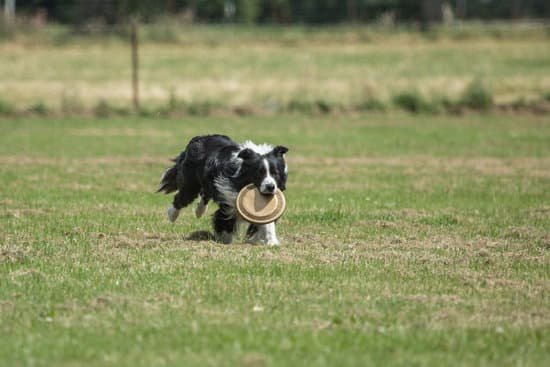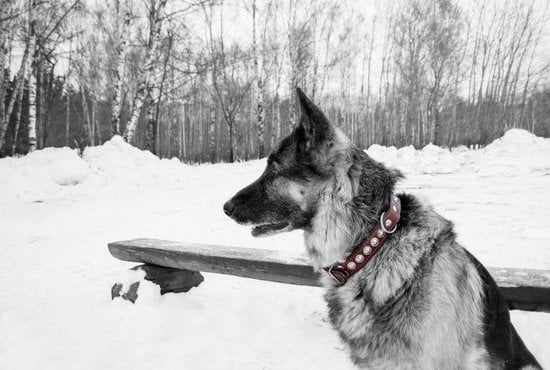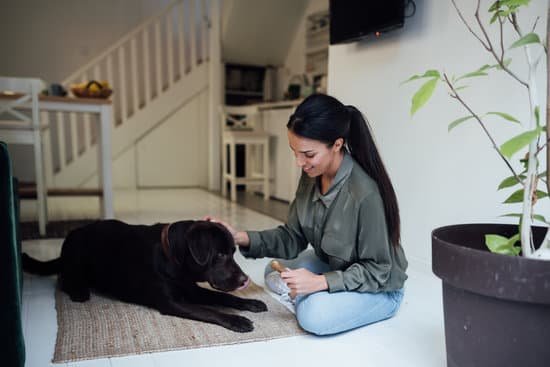If your dog suffers from anxiety, you may be wondering if crate training is the right solution for you. Crate training can be a great way to help your dog feel safe and secure, and it can also be a helpful way to train your dog to relax and stay calm in a variety of situations.
The first step in crate training a dog with anxiety is to create a positive association with the crate. Start by placing a few treats inside the crate, and then invite your dog to go inside. As your dog begins to explore the crate, praise her and give her a few more treats.
Once your dog is comfortable going into the crate, begin to close the door for a few seconds at a time. As your dog stays calm, gradually increase the amount of time the door is closed. If your dog becomes anxious or stressed, go back to a shorter period of time.
If your dog is having a difficult time adjusting to the crate, you may want to consider using a crate cover or a special anxiety-reducing crate pad. These items can help to create a calm and cozy environment inside the crate.
If you’re still having trouble getting your dog to feel comfortable in the crate, you may want to consult with a professional dog trainer. A trainer can help you create a custom crate training program for your dog and can provide additional tips and advice for helping your dog feel at ease in her crate.
How To Crate Train A Dog During The Day
If you work during the day and can’t take your dog with you, you may need to crate train him. Dogs are den animals and like to have their own space. A crate can provide that space.
The key to successful crate training is to make the crate a place your dog wants to be. Start by putting a soft blanket or towel in the crate and putting some of your dog’s favorite toys in there. You may also want to give your dog a treat every time he goes into the crate.
If your dog is resistant to going into the crate, start by putting the crate in a place where your dog spends a lot of time, like near his food bowl or his bed. As he becomes more comfortable with the crate, you can move it to other places in the house.
When you’re not home, put your dog in the crate. He may whine or cry at first, but be patient. He’ll get used to it in time. When you come home, don’t let him out of the crate until he’s calm. This may take a few minutes.
If you have a puppy, you’ll need to crate train him during the day until he’s old enough to hold his bladder for longer periods of time.
Crate Training One Dog And Not Another
There are many methods of crate training dogs. Some trainers advocate using crates for all dogs, while others recommend against using crates for certain types of dogs. The following is a discussion of the benefits and drawbacks of using crates for one dog, but not another.
The benefits of crate training are many. Dogs that are crate trained are often easier to housetrain, because dogs do not like to soil their sleeping areas. Crate training can also help reduce or prevent destructive behaviors, such as chewing on furniture or digging in the trash. In addition, crate training can be a helpful tool for managing a dog’s behavior in a variety of situations, such as during a car ride or while staying in a hotel.
The main drawback of using a crate is that some dogs feel trapped or claustrophobic in them. For these dogs, the crate can actually increase their anxiety and lead to destructive behaviors. Another potential drawback is that dogs can become bored if they are left in a crate for too long.
So, should you crate train your dog? The answer depends on your dog’s individual personality and temperament. If your dog is comfortable in a crate and is not prone to destructive behaviors, crate training can be a valuable tool for housetraining and behavior management. If, however, your dog feels anxious or claustrophobic in a crate, or is prone to destructive behaviors, crate training may not be the best option.
Crate Cage Training For Dogs
When training your dog, one of the most important commands to teach is “come.” This is a command that can help keep your dog safe, as well as make life easier for both of you. One way to help your dog learn this command is to use a crate.
A crate can be a great training tool because it provides your dog with a sense of safety and security. Dogs are instinctively den animals, and a crate mimics the den environment they are used to. This can make them feel comfortable and safe, which can in turn make training easier.
There are a few things to keep in mind when using a crate to train your dog. First, make sure that the crate is big enough for your dog to stand up, turn around, and lie down in comfortably. You don’t want your dog to feel cramped or uncomfortable.
Also, make sure that your dog has plenty of opportunities to go outside to relieve himself. A dog should not be confined to a crate for more than a few hours at a time.
Once your dog has learned the “come” command, you can start using the crate to housebreak him. Put your dog in the crate for short periods of time after he has had a chance to go outside to relieve himself. He will soon learn that going in the crate leads to getting out and going outside, and will start to associate the crate with going to the bathroom.
A crate can be a great training tool for both puppies and adult dogs. It can help teach them basic obedience commands, and can also be used to housetrain them.
How To Train Dog Not To Whine In Crate
If you have a dog that whines in its crate, you’re not alone. Many dogs whine in their crates, for a variety of reasons. Some dogs whine because they’re uncomfortable or anxious. Some dogs whine because they’re bored or lonely. And some dogs whine because they’re not sure what else to do with themselves.
Fortunately, there are a few things you can do to help your dog stop whining in its crate. The first step is to try to figure out why your dog is whining. Once you know why your dog is whining, you can start to address the problem.
If your dog is whining because it’s uncomfortable or anxious, you can try to make your dog’s crate more comfortable. You can put a soft blanket or towel in the crate, or you can buy a crate pad or crate cover. If your dog is whining because it’s bored or lonely, you can try to give your dog more toys and stimulation in its crate. You can also try to crate your dog for shorter periods of time. And if your dog is whining because it’s not sure what else to do, you can try to train your dog to “occupy itself” in the crate.
One way to train your dog to “occupy itself” in the crate is to use a food puzzle toy. Food puzzle toys are toys that contain a small amount of food or treats. The dog has to figure out how to get the food out of the toy. This can keep the dog busy and distracted for a while.
Another way to train your dog to “occupy itself” in the crate is to use a Kong toy. Kong toys are rubber toys that can be filled with food or treats. The dog has to figure out how to get the food or treats out of the toy. This can keep the dog busy and distracted for a while.
If you use a food puzzle toy or a Kong toy to help your dog stop whining in its crate, make sure you give your dog plenty of time to play with the toy. Don’t just put the toy in the crate and leave your dog to figure it out. Play with your dog and help your dog figure out how to get the food or treats out of the toy. This will help your dog learn that the toy is a fun and exciting thing, and it will help keep your dog occupied and distracted while it’s in the crate.

Welcome to the blog! I am a professional dog trainer and have been working with dogs for many years. In this blog, I will be discussing various topics related to dog training, including tips, tricks, and advice. I hope you find this information helpful and informative. Thanks for reading!





